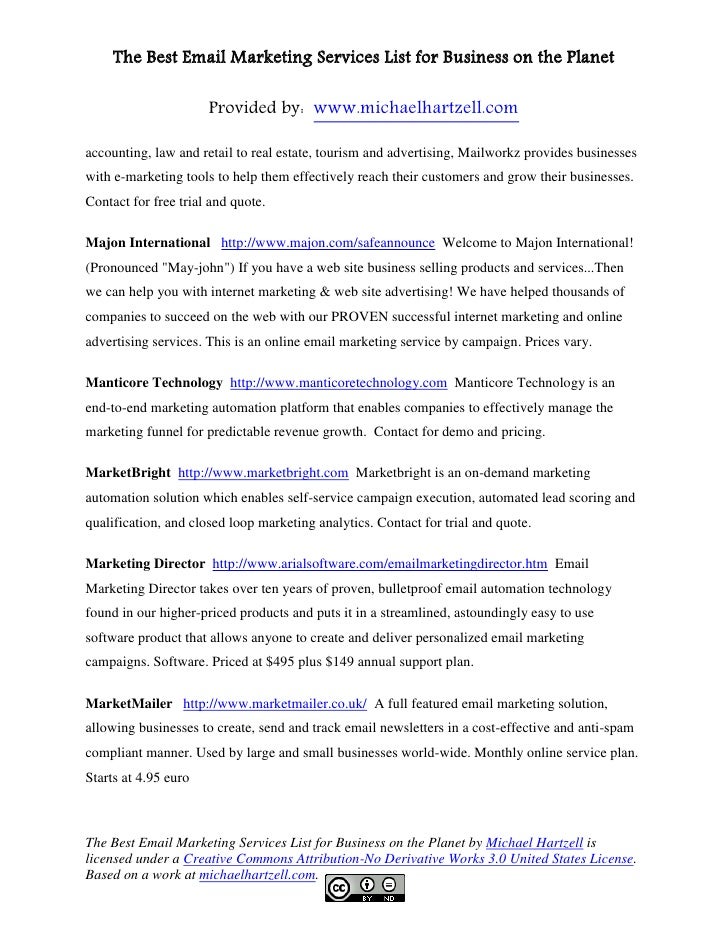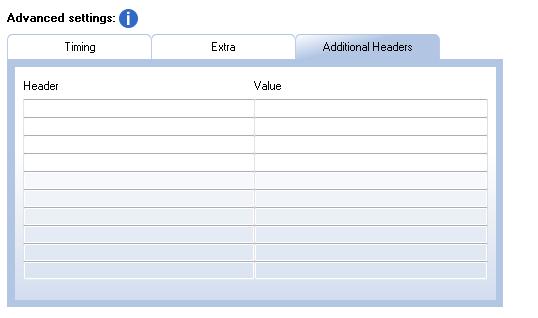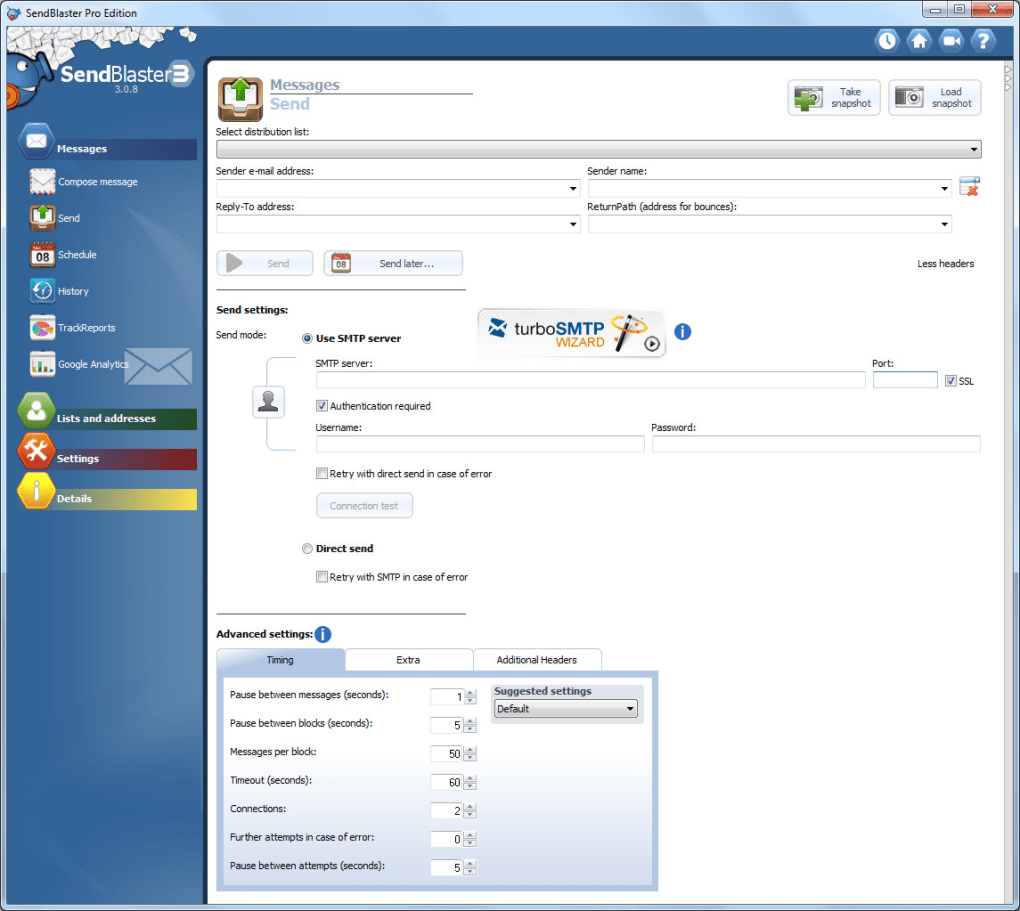

- #Sendblaster 4 sending too slow install#
- #Sendblaster 4 sending too slow update#
- #Sendblaster 4 sending too slow archive#
- #Sendblaster 4 sending too slow Patch#
With this in mind, from time to time you will have to perform the instructions detailed above, but if you want to squeeze every bit of performance and speed from it you will also have to remember these steps:Ī) Download full IMAP items. This isn’t the case with Outlook, its complexity being its eventual downfall.
#Sendblaster 4 sending too slow install#
Usually, we install a program and expect it to perform as new for however long we will use it.

So, either go to the link above to see where you can find it or click here to run it straight away, from Microsoft’s servers. I recommend using it every 3 months, since even if Outlook isn’t slow errors may still be present. Once it detects a problem it either fixes it or puts the file away (if it can’t be fixed) so that it doesn’t slow down Outlook anymore. What ScanPST does is go through each byte of your PST and checks if “they fit together”. If just one of those files gets corrupted, it will slow down Outlook and all its operations.
#Sendblaster 4 sending too slow archive#
The same thing can happen with one of your emails, especially since your PST file is basically an archive that holds thousands of different files (one for each email). I’m sure that at least once you have encountered a corrupt file on your hard-drive – be it a photo or a document. One thing that I’ve never understood is why a useful little program such as this doesn’t get its own shortcut in the Office folder from the Start menu, but rather you have to know about it in order to use it.


Run the trusty Inbox Repair Tool (ScanPST). If Outlook is still slow afterwards, you can also try reinstalling it (that is, if you have the original CD – those on corporate networks should consult their Administrator).ģ. For 2010, go to your Control Panel -> Programs and Features -> in the newly-opened window, right click MS Office 2010 -> choose the Change function ( not the Uninstall one) -> click Repair, then follow the steps displayed. To do this, Outlook 20 have the option in the same Help menu, accessible from the main window. It doesn’t erase any files, rules or accounts, so it’s a quick and safe procedure – one that you can perform even if not on an Admin account (note though, that it’s quite slow, so be sure you won’t have need of Outlook for about an hour). This basically scans for and repairs any issues that may have arisen since you first installed it. If you’ve installed the latest updates and Outlook is still slow then you can just perform a Detect & Repair procedure.
#Sendblaster 4 sending too slow update#
So, if you’re on Outlook 2003 or 2007 just go to the Help menu, then click on Check for Updates and follow the steps displayed if you’re on 2010 you can achieve the same thing with the Windows Update entry in your Control Panel.
#Sendblaster 4 sending too slow Patch#
Outlook was ridiculously slow and everything took up to 5 times as much to do (especially browsing folders)… The Outlook team very quickly launched a fix for this, but even 3 months afterwards we received emails regarding issues caused by that buggy patch – there were lots of users who simply didn’t install the latest updates. I remember that about a year ago, Microsoft launched an update that caused many users to pull out their hair in frustration. What most forget, though, is that situations like these can be easily remedied by performing some simple things like:ġ. Sometimes it decides to slow down, hang or stop responding for a time, other times it crashes and takes your whole system with it… in most people’s minds Outlook and “slow” have become notoriously associated with each other. We all know that working with Outlook each day can become frustrating quite quickly.


 0 kommentar(er)
0 kommentar(er)
